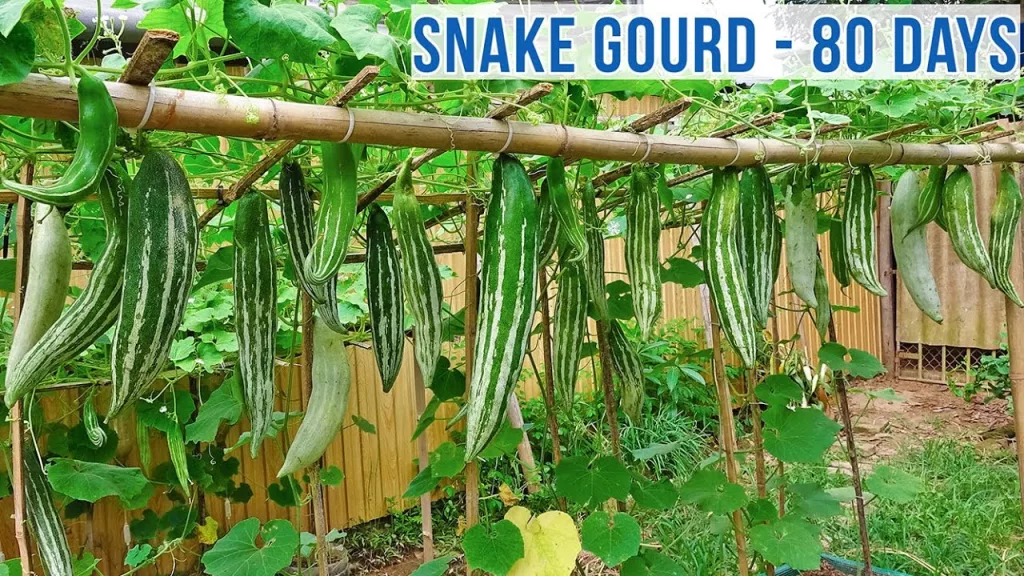What comes to mind when you hear snake tomatoes should definitely be something crawling; not very creepy as you might be thinking. Despite its serpentine name, the Snake Tomato (Trichosanthes cucumerina), locally known as “elejo tomato”, or “tomati elejo” in local Yoruba parlance, emerges as a beacon of nutritional abundance and economic opportunity, waiting to be rediscovered and embraced by farmers and consumers alike. This is climber variety of tomato that used to be widely grown in the 1960s and was very common in the local markets and grown in homes, but now being forgotten amid the popularity of vine tomatoes and other varieties.
Ghana’s Crops Research Institute (GCRI) has been researching the health, nutritional superiority of ”Snake Tomato” and how its potential can be fully exploited for human consumption. Report has it that initial research has shown that the vegetable, aside from the known Vitamin ‘A’ nutrient found in any other tomato, is also endowed with Vitamin ‘C’ and several other nutritional qualities and could also be eaten in its green state, as is the case of cucumber. Below are some facts about why snake tomatoes should be planted the more:
1. Unlike their more demanding counterparts, snake tomatoes thrive in backyard gardens with minimal intervention, requiring no fertilizers for germination. This inherent hardiness not only simplifies cultivation, but also makes them an ideal candidate for small-scale farming initiatives, empowering local communities to cultivate nutritious produce sustainably.
2. One of the most compelling reasons to reintroduce snake tomatoes into the agricultural landscape is their resilience and adaptability as they are easy to grow, needs no fertilizer to germinate for small-scale farming.
3. Snake tomatoes possess a remarkable sweetness when incorporated into stews and sauces, hence why popularly refer to it as “tin tomato”. Whether simmered in a savoury broth or sautéed with aromatic spices, these elongated fruits add a delightful twist to traditional dishes, especially sauces and jollof rice.
4. As a fundamental source of essential nutrients, they hold the key to combating malnutrition and addressing prevalent eye diseases, particularly among vulnerable populations such as children. By integrating snake tomatoes into daily diets, communities can fortify their health defences and foster resilience against nutritional deficiencies (Slow Food Foundation For Biodiversity, 2022).
5. The cultivation of snake tomatoes offers a promising avenue for income generation among farmers. With rising demand for nutrient-rich produce and increasing awareness of the benefits of indigenous crops, farmers stand to capitalise on this emerging market, securing sustainable livelihoods while contributing to food security and economic development. This tomato variety can be used the same way you use normal round tomatoes. First, wash the back thoroughly, then slice it horizontally into halves. Opening it up, you will see a jelly-like red pulp inside it, remove the seeds from the pulp and slice the the rest into a bowl or your blender. Then, blend it with red pepper and onions and make it into a stew or sauce base.



